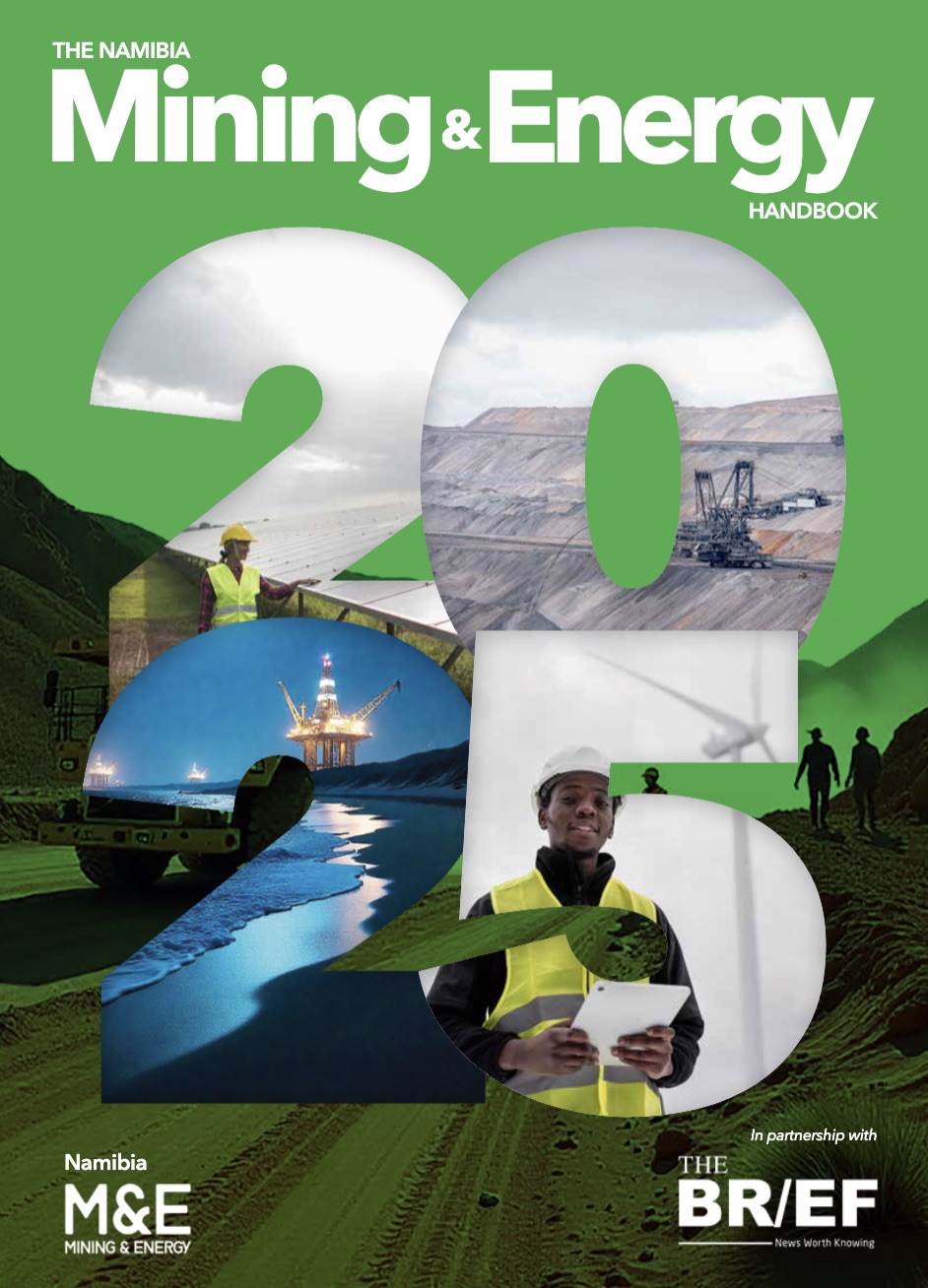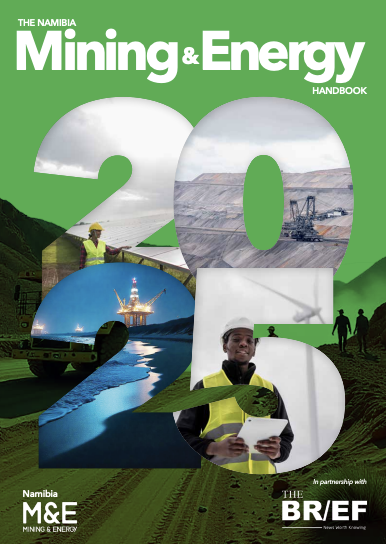
TotalEnergies’ Venus project in Namibia’s Orange Basin is the kind of discovery that makes oil executives’ eyes light up and governments dream of huge returns.
It was announced in February 2022 and was quickly recognized as one of the largest discoveries on the continent in decades, estimated to contain about 1.5 billion barrels of light crude (45° API) in addition to 4.8 trillion cubic feet of natural gas.
Expectations are immense: production is estimated to peak at 150,000 barrels per day, with the field potentially producing for 30 to 40 years.
The ownership structure reflects a mix of global capital and local participation: TotalEnergies (45.25%), QatarEnergy (35.25%), Namibia’s national oil company Namcor (10%), and the UK’s Impact Oil & Gas (9.5%).
For Namibia, which has never produced oil on a large scale, Venus represents a major turning point that could raise the country’s GDP by as much as 20% by 2030.
But the promises of Venus are inseparable from its challenges. The field lies in very deep waters (3,000 meters below the surface and 300 kilometers offshore), making it one of the most technically demanding offshore projects in the world.
Added to this is the complexity of the associated gas, which has become the center of a dispute delaying negotiations: Namibia wants to bring the gas onshore to boost domestic power generation, while TotalEnergies prefers reinjecting it into the reservoir to maintain pressure, given the low rock permeability.
For the government, the issue goes beyond energy to securing long-term revenues and building a foundation for domestic electricity generation, while the company sees this as adding costs and risks to a project on the edge of commercial viability.
TotalEnergies has already adjusted its production plan to reflect Namibia’s reality. After initially proposing a more ambitious strategy with a production capacity of 200,000 barrels per day, the figure was reduced to 150,000.
This adjustment appears linked to the company’s broader strategy of focusing on value rather than volume, by maintaining a stable production plateau for seven to eight years instead of pursuing rapid early gains. It also reflects awareness of the strategic context: after Shell’s withdrawal, TotalEnergies has become almost the only major player in Namibia, and any future infrastructure (a potential LNG plant, pipelines, or other facilities) will largely fall on its shoulders. Extending production life therefore ensures returns over a longer period to cover these costly investments.
This tension defines the negotiations now underway. President Netumbo Nandi-Ndaitwah has placed the matter under her direct supervision and created a presidential oil unit to follow the talks.
The concern is clear: Namibia does not want to repeat Guyana’s experience, where the government in a 1999 agreement with ExxonMobil accepted a royalty rate of just 2%, a deal now seen as a negative model for emerging oil producers.
For this reason Namibia is entering negotiations with TotalEnergies from a tougher position. TotalEnergies CEO Patrick Pouyanné has stressed that reaching the goal of first production in 2029 requires a final investment decision before the end of this year, a timeline that already looks difficult to achieve given ongoing disagreements.
The project’s economic viability is also a point of dispute. TotalEnergies has cited a breakeven price of $20 per barrel, which seems more like a negotiating position than a realistic assessment, since most similar deepwater projects cost around $35 per barrel.
For example, ExxonMobil’s projects in Guyana (at 1,700 meters depth) and Petrobras’ pre-salt fields in Brazil (2,000 meters) demonstrate this. Venus, at over 3,000 meters deep with a total geological depth of 6,300 meters, along with a high gas-to-oil ratio, faces greater difficulties.
The lack of precise data on the reservoir’s gas content makes it hard to design reinjection and processing plans, adding to cost uncertainty. Analysts warn that if gas is more abundant than expected, reinjection could significantly reduce returns.
Shell’s recent experience offers a clear warning. In early 2025, the company wrote off $400 million on its PEL 39 license off Namibia’s coast and abandoned the Jonker, Graff, and Enigma wells after concluding poor reservoir quality and high gas content made them commercially unviable.
This exit shows that not all discoveries in the Orange Basin can be developed, and that Venus, despite its vast promise, is not immune to these geological and economic constraints.
Nevertheless, Namibia is seeking to position itself as a new energy hub. Alongside oil, the government is advancing a $10 billion green hydrogen project with German investors, scheduled to start production in 2027–2028. This parallel push into non-fossil energy shows a diversification strategy, with Venus as the cornerstone but not the only pillar.
For TotalEnergies, Venus reflects both the scale of its African bets and their risks. The continent now accounts for half of its operating production and the largest share of its exploration budget. Growth targets are concentrated on LNG and offshore oil in Namibia, Angola, and Gabon.
But the Namibian project embodies the challenges of frontier exploration. The company’s 2025 withdrawal from South Africa, after giving up its offshore license off Cape Town due to political and environmental challenges, highlights the fragility of the operating environment in the region.
A geopolitical factor adds another dimension: China has already established itself as the largest foreign investor in uranium mining in Namibia and is active in renewables and infrastructure.
The African Energy Chamber has opened an office in Shanghai to facilitate Chinese participation in energy projects, indicating a strategic continental shift. For TotalEnergies, any delay or dispute with governments could allow competitors to strengthen their presence, potentially weakening the French company’s long-term position.
Thus, the Venus project stands between being an extraordinary opportunity and a deep test. On paper, it could generate major growth in TotalEnergies’ cash flows by 2030 and reshape Namibia’s economic trajectory.
But in reality, enormous technical challenges, the need for financial terms balancing investor returns with state ambitions, and a volatile geopolitical backdrop must all be addressed.
If issues over gas, revenues, and infrastructure are resolved soon, Venus could become one of this decade’s landmark oil projects. If not, it may turn into another example of how massive frontier energy opportunities can be halted under the weight of costs, politics, and competition.
*Economies.com







